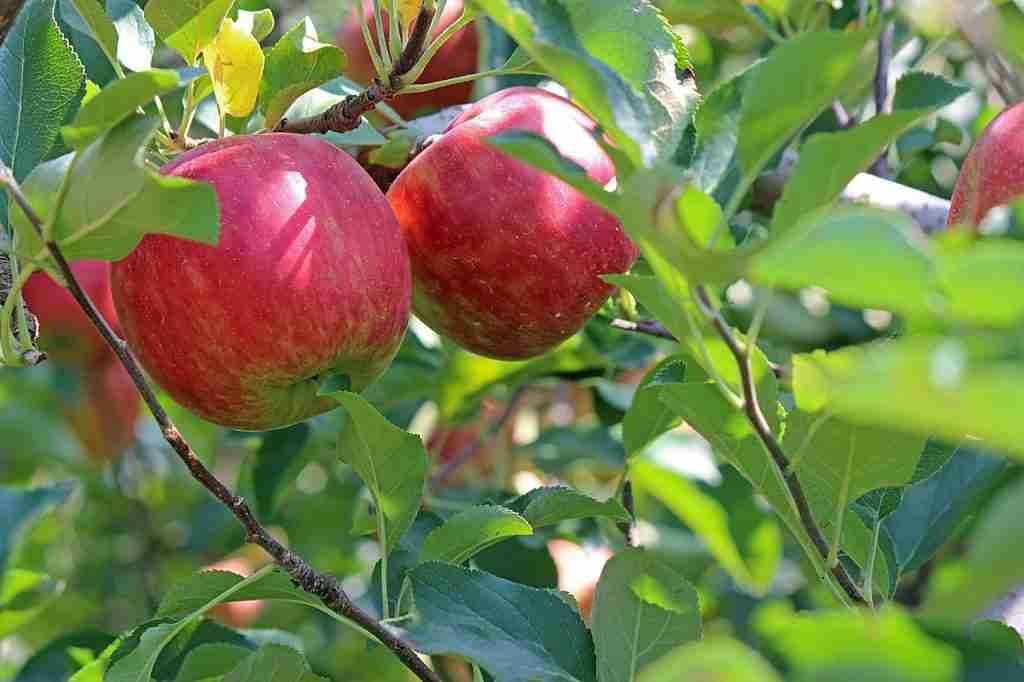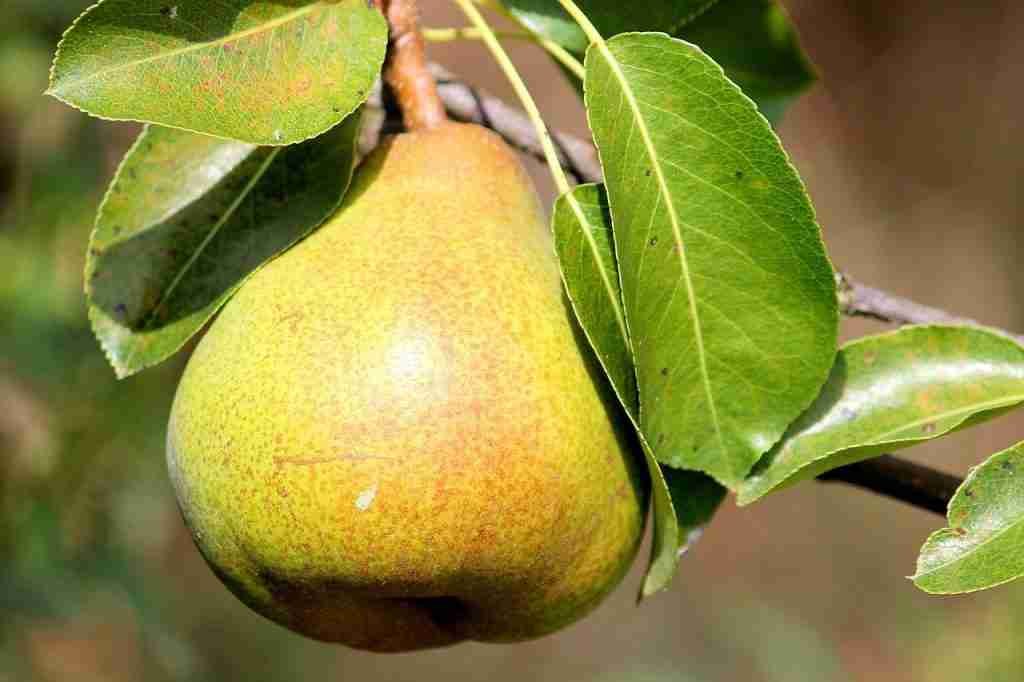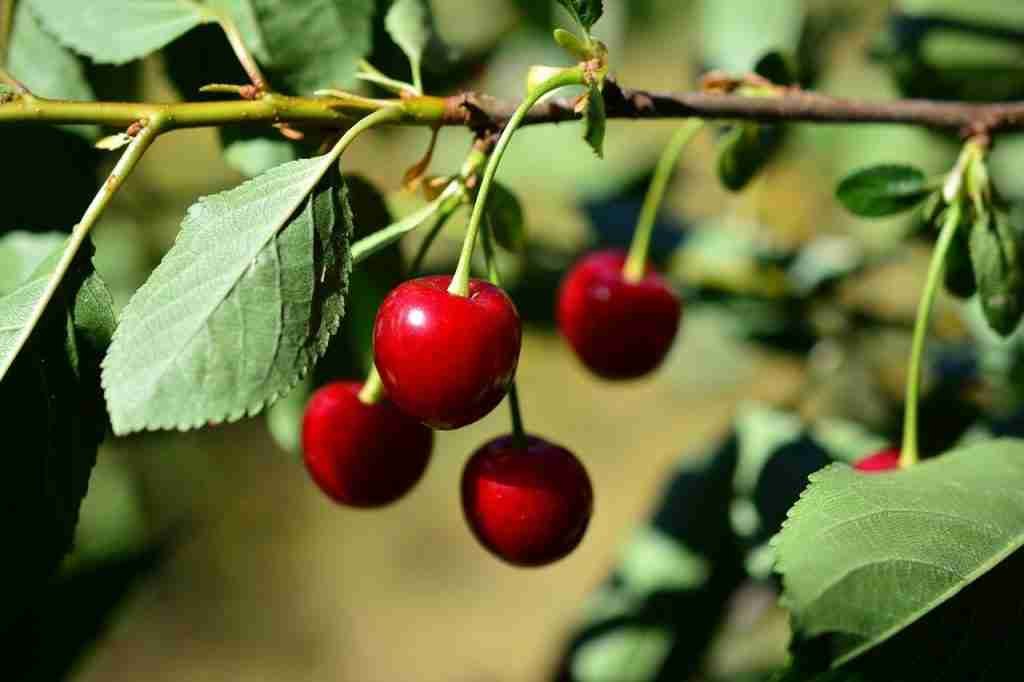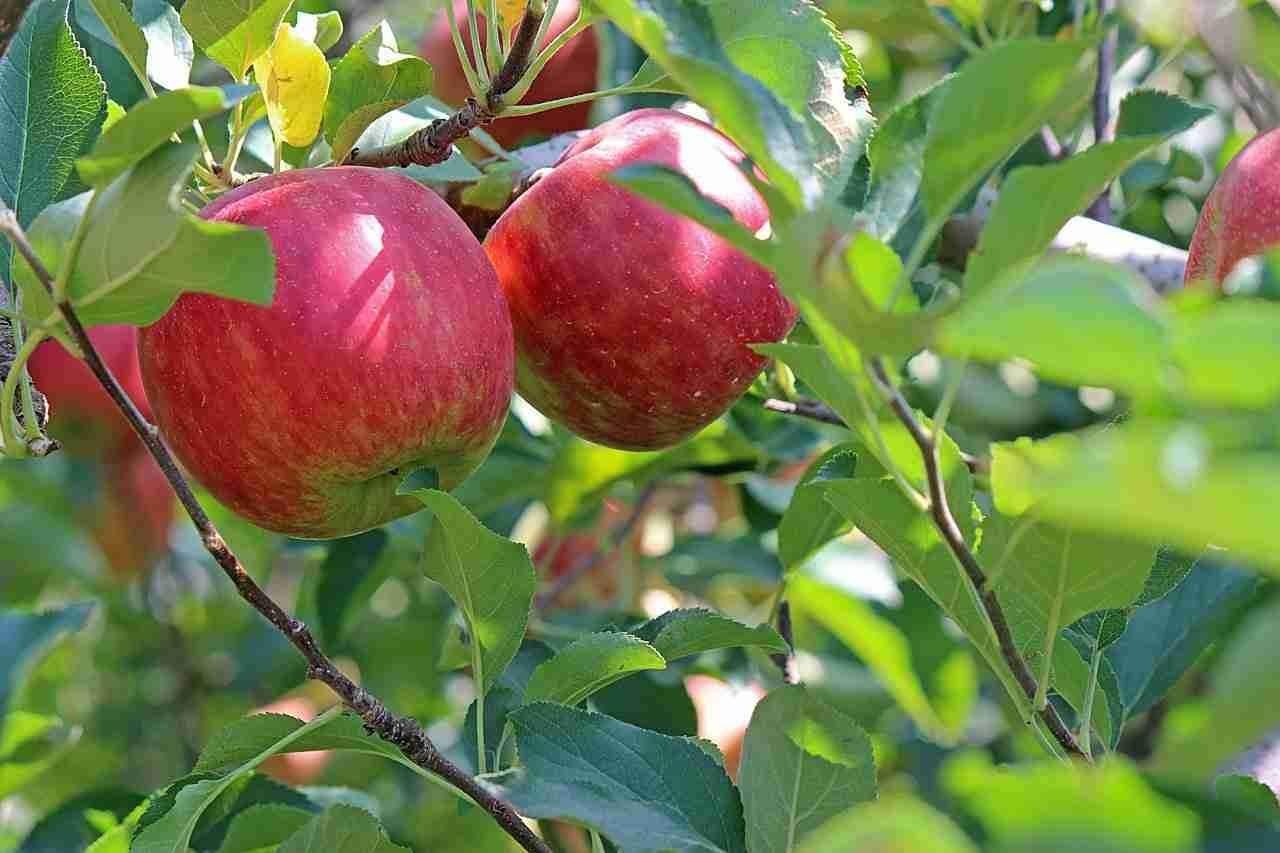If you’ve ever done any gardening, you know that fruits and vegetables you grow yourself always taste better. There’s just something special about knowing that you have put the love and care into helping it grow which makes the taste that much better (not to mention more nutritious). While everyone focuses on the veggies and fruits that they can plant, fruit trees are often overlooked. Planting fruit trees in your yard can make it even more special for you and your family.
Imagine biting into a crisp apple with its sweet flavor bursting in your mouth or a fresh batch of lemonade with freshly picked lemons straight from your backyard. With so many different fruit trees, it can be difficult to decide which ones you should add to your yard or garden. Many fruit trees also have dwarf varieties making them good options if you have a smaller or different space. Here are some popular fruit trees to consider adding to your yard.
Apple Trees
Apples come in many varieties with some being sweet while others are tart. It’s the perfect addition if your backyard gets at least six hours of sun a day and has good drainage. While apple trees do require annual pruning, the effort and maintenance are worth it for the delicious apple pies, cider, and jam you can make. Expect to get your first fruit 2-10 years depending on the age of the tree when you plant it.

Pros:
- The hardiness of apple trees makes them a good option for Northern states with cooler climates. However, certain varieties can be grown in the South too.
- An apple tree grows well in moderate-quality soil, with nutrients being added to the soil after the first 2-4 years of growth.
Cons:
- Apple trees require cross-pollination with a second apple tree of a different variety that flowers at the same time. This means you need to plant at least two different trees.
- Apples are prone to pests, making them difficult to grow without pesticides.
Pear Trees
Pears are relatively easy to grow and can be an alternative to apple trees for your backyard garden. Like apple trees, pears require full sun, well-drained soil, and annual pruning. It will take around 3-10 years for your pear trees to start flowering and producing fruit for your tarts, jams, and breads.

Pros:
- Pear trees are low maintenance once established.
- Pests and diseases are often not an issue for pear trees, making them easier to grow organically.
Cons:
- A pear tree needs a partner to grow fruit. You’ll need to plant at least two pear trees. However, unlike apples, they can be the same variety of pear.
- It can take a bit of time to get your pear trees established and yielding fruit. However, once they are established, they will bear fruit for many years.
- Use caution when selecting your variety of pear trees. Some varieties, like the Bradford Pear, can have structural problems as they age. They also can have problematic root systems that become entangled with other nearby root systems, depriving other nearby trees and plants of nutrients. Additionally, some states have cautioned against planting this variety of pear.
Cherry Trees
Whether you go sweet or sour, cherries are a beautiful addition to a backyard garden. Their white or pink blossoms are iconic, transforming your space in the spring. You want to make sure that your trees will get full sun and have plenty of air circulation. Most cherry trees will start to have fruit after 3-5 years.

Pros:
- All sour cherry varieties are self-fertile. This means even with a single tree you will get fruit, which is ideal if space is limited.
- A single tree can have a substantial yield, with a full-size tree producing 30-50 quarts and dwarf trees producing 10-15 quarts. Plenty for your cherry pies and crumbles.
Cons:
- Unlike other fruit trees, cherry trees need deep soil. This is especially true for full-size cherry trees. Dwarf cherry trees don’t require as deep of soil and can even be planted in containers.
- Most sweet cherry varieties require two to three trees to blossom and yield fruit.
- When harvesting cherries, you need to use scissors as hand-picking can damage the fruit.
Peach Trees
If you live in the South, consider adding a peach tree to your garden. This sweet stone fruit comes in many varieties, giving you the perfect produce for your jams and cobblers. Like other fruit trees, you’ll want to make sure it has full sun and well-drained soil. Then, after 3-5 years you’ll have fruit-bearing trees.
Pros:
- Growing peaches at home means you can grow thin-skinned varieties that can’t withstand the normal supply chain to the grocery store.
- If you have sandy, slightly acid soil peaches will do well in your garden.
- Unlike other fruit trees, peaches are self-fertile making it ideal if you have limited space since only a single tree is needed.
Cons:
- The first two years of growth require significant pruning and maintenance.
- Peach trees are prone to pests and diseases. Make sure your tree is planted where it will get the morning sun while also avoiding any shade to minimize this issue.
Which Fruit Tree Is Right For Your Yard?
The reality is that our yards and gardens have limited real estate. While dwarf fruit trees take up less space, they can still be quite large. In addition to space constraints, it’s important to consider the climate where you live. Some trees do better in cooler climates, like apples, while other trees, like peaches, do better in warmer, more moderate climates. Whichever type of tree you are considering, online sellers will be able to tell you the variety’s hardiness. Then you can confirm with the USDA’s Zone Map that the variety will be successful in your yard. Once you have decided which fruit tree is right for your yard, simply plant it, give it the TLC it needs in its early years, and enjoy the fruits of your labor once it finally produces fruit.

